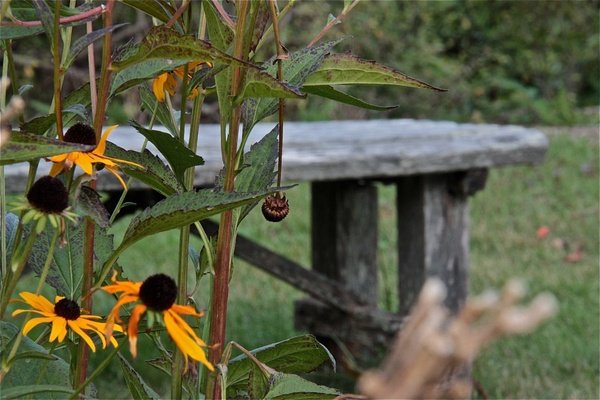
Wildlife in the UK is struggling with more than half of our native species in decline and one in seven facing extinction. Faced with these depressing forecasts, it is sometimes easy to forget that many of us can actually do something to help slow the decline, by making our outside space more nature-friendly. Anna Andrews looks at some autumn gardening jobs that can benefit wildlife in your own back yard.
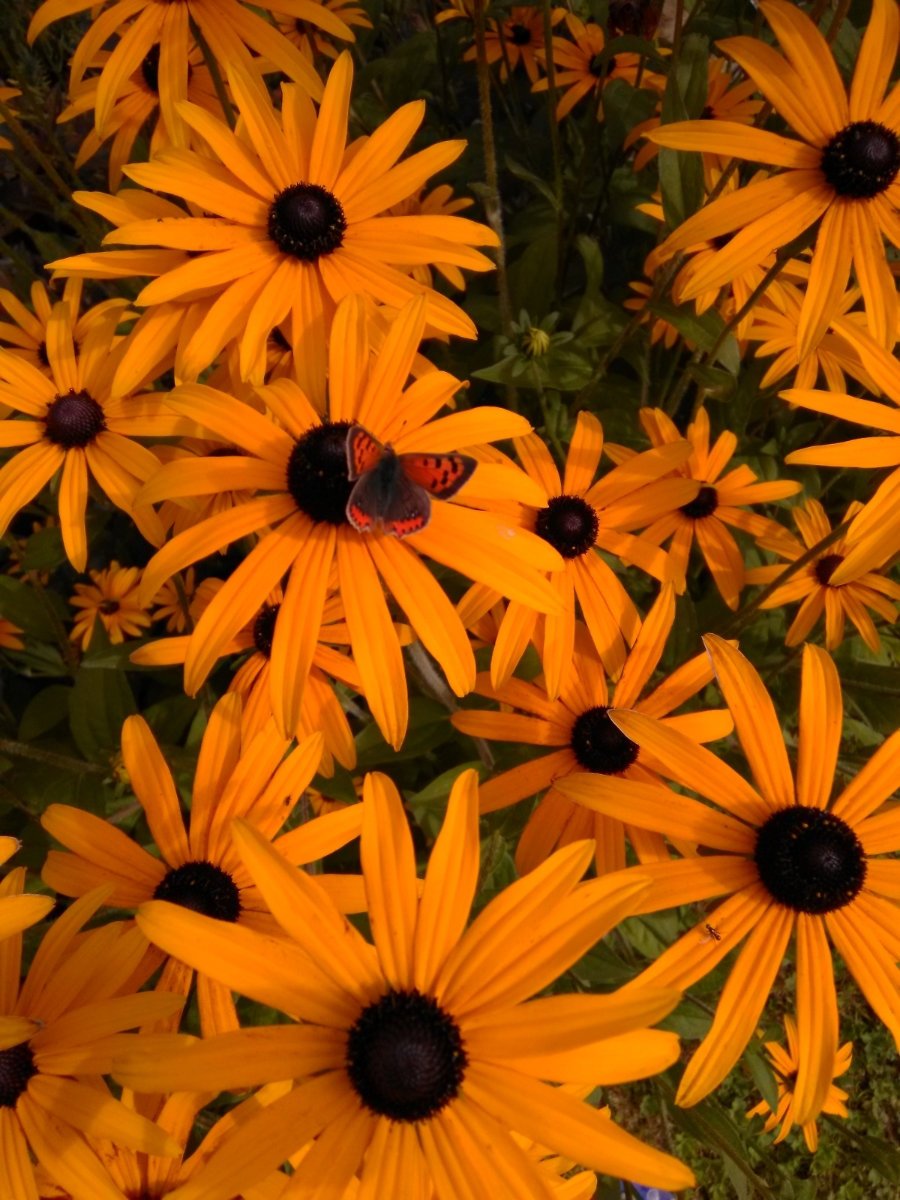
Trees for Life
We are all being encouraged (and about time, too) to plant trees if we can. Autumn is the best time for this: the soil is still warm, the weather isn’t usually too hot, and the autumn and winter rains will help the tree settle in.
Two of the best options for gardens are hawthorn and mountain ash: both can be found growing ‘wild’, which is usually a good indicator that they will be useful for wildlife. Hawthorn (botanical name crataegus) has masses of sweetly scented white flowers which bees absolutely adore, and in the autumn it has loads of bright red fruits which provide food for many birds, mice and voles. If you are going to buy a hawthorn tree with wildlife in mind, try not to be diverted, as I was recently, into buying a ‘hybrid’ (specially-cultivated) variety with double flowers: it looks beautiful but the bees can’t access the nectar so well.
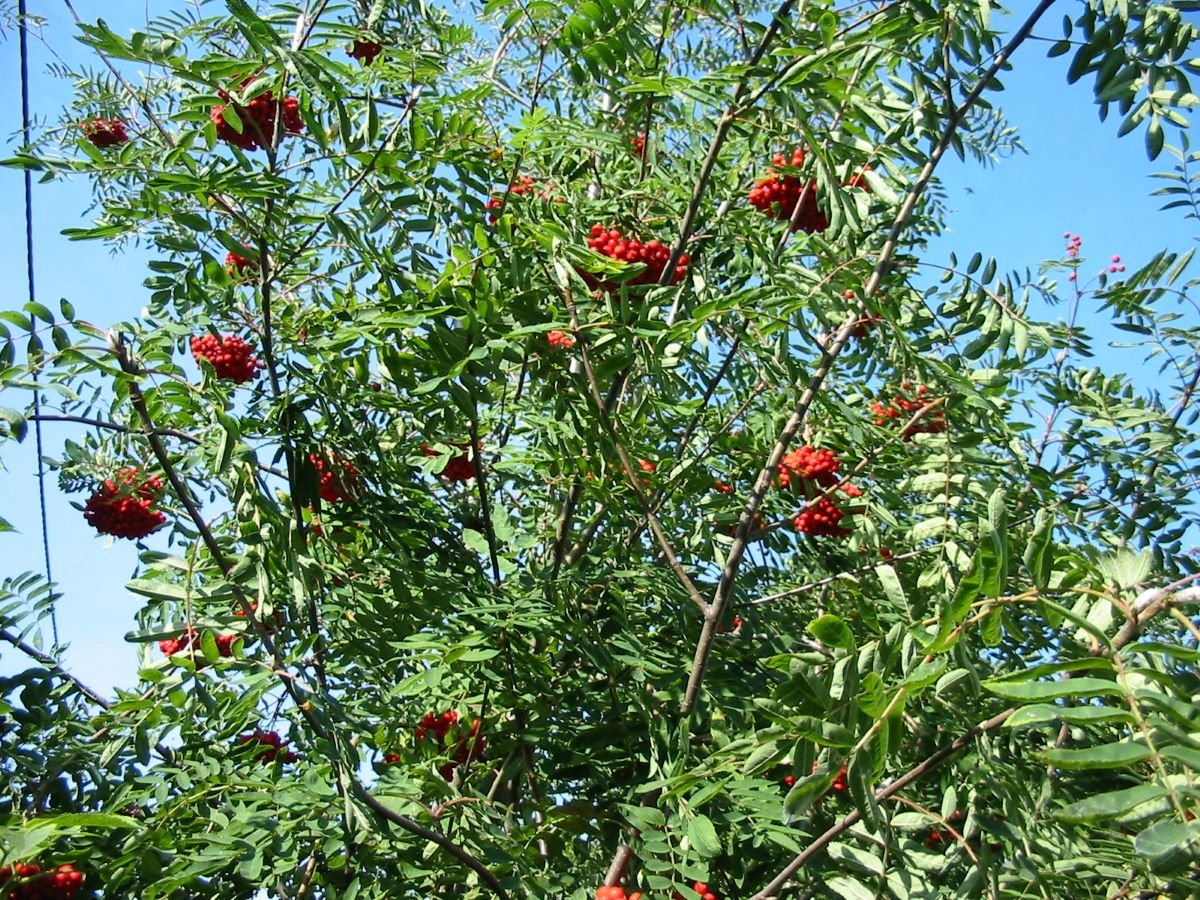
Mountain ash (sorbus) – or rowan, as it’s more often called in Scotland – has very attractive, almost feathery leaves, bunches of small cream-coloured flowers in the spring, and fruits which hang in clusters from the branches in autumn. There are many varieties with a wide choice of berry-colour, but the ones the birds seem to like best are, firstly, the red ones, and then the orange.
If you think you haven’t got space for a tree in your garden, well you probably have, actually. There are many different kinds which can be grown in large containers, although this does mean they are entirely dependent on you for water and nutrients. If you fancy a fruit tree, there are many varieties which will stay reasonably small – they are often called ‘patio’ trees. For example, some varieties of crab apple (malus) can be kept happy for a number of years in containers and offer two seasons’ food for wildlife: the bees enjoy the flowers in the spring, and birds such as redwings and fieldfares which visit the UK in winter eat the fruit (unless you are determined to use the fruit yourself for jelly!) Again, the red fruits seem to be more popular with the birds than, say, the yellow fruits of Malus ‘Golden Hornet’, pretty though they are.
Most trees aren’t cheap to buy, but if you can afford it, don’t let price put you off. You have to consider the time that the nursery has put into raising and caring for them until they are big enough to sell. You also have to try to take a reasonably long-term view: most really worthwhile trees don’t grow all that quickly, but planting a tree, and watching it grow and develop a definite shape is very satisfying.
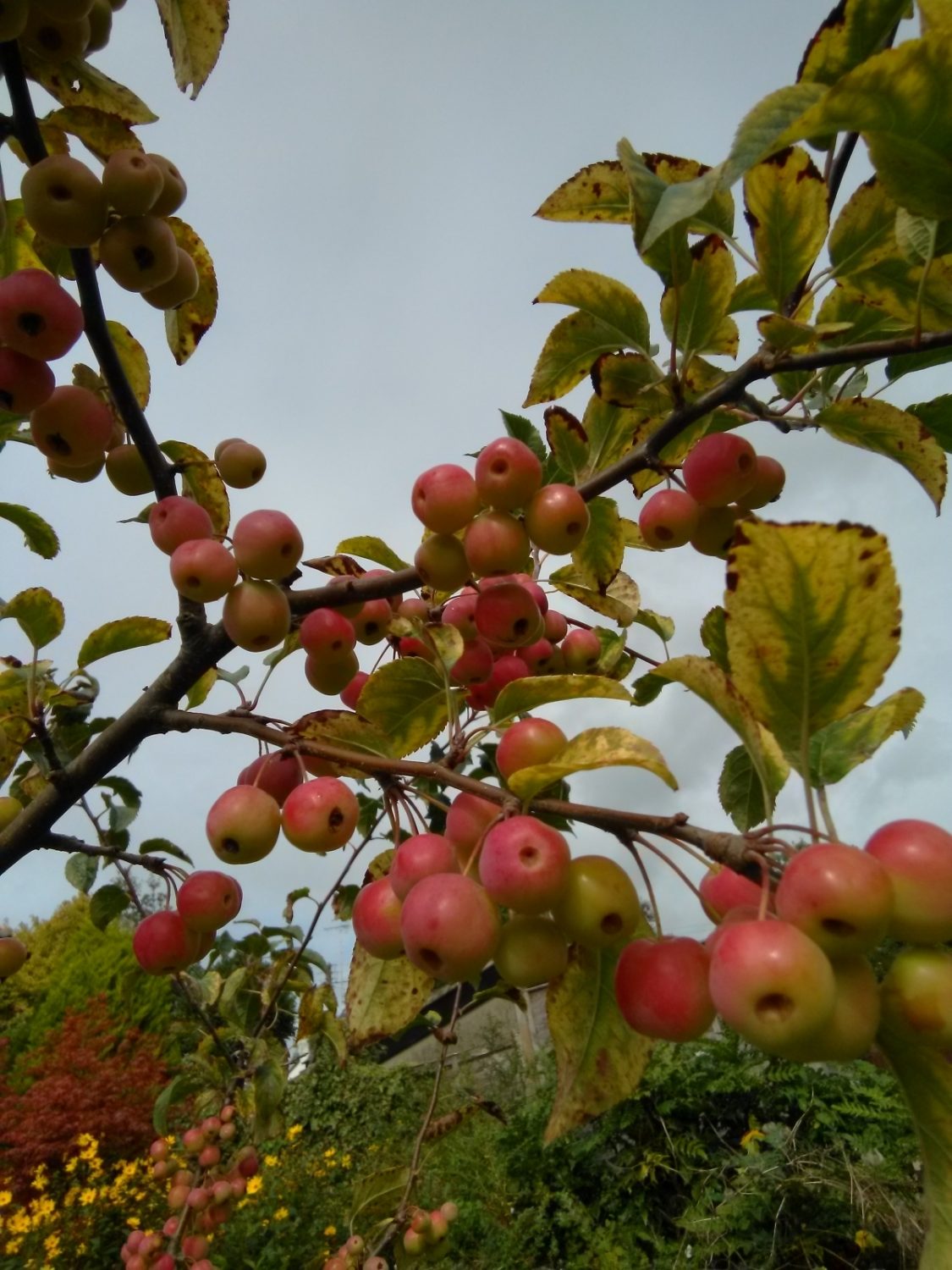
Wildlife-friendly plants
Autumn is also a good time to go out and buy some of the best plants for wildlife: those which will provide a source of nectar for insects early in the spring, or late in the season when nearly everything else has gone over. Spring-flowering bulbs need to be planted in the autumn, and early-flowering ones will offer nectar for bees when there isn’t usually much else in flower. Good ones are crocuses and miniature irises (some of these flower in February so they are particularly welcome), and tulips, which can be planted right into December; and muscari ( ‘grape hyacinth’) with its small heads of tiny blue flowers in late spring.
As well as large, expensive pots of plants still in flower, in October the garden centres sometimes offer cheaper deals on small pots of herbaceous perennials – plants which usually ‘disappear’ below ground during the winter, but reappear every spring, and often get bigger and spread well too. Plants like rudbeckia – big golden daisy-shaped flowers with dark centres – and sedum “Spectabile” (‘ice plant’) which has thick, upright stems topped with flat heads of tiny pink flowers – are good feeding stations for bees and butterflies into late autumn.
Asters (often called Michaelmas daisies) will flower well into the autumn and are much-visited by bees and other insects still on the wing. I have found that the more delicate pastel colours seem to be more popular than the bright ones; and, as usual, the ‘single’, less full-petalled flowers are better than the very frilly ‘double’ ones.
Insects also love Verbena bonariensis; it has tall, thin stems topped with many small heads of bright violet-coloured flowers, and if you cut off the little heads of dead flowers it will go on flowering until quite late in the year. Although thought of as not hardy enough to survive the winter, global warming may have changed that as it seems to be ok even in my cold Devon garden. It seeds itself around very freely too, so if you think one plant is expensive (and they are very fashionable these days so they can be pricey), you can let it make a few seedlings around it, which you can dig up and put in pots to keep in a fairly sheltered place over the winter, to replant where you want them in the spring, and get several more plants for your money even in the first full year!
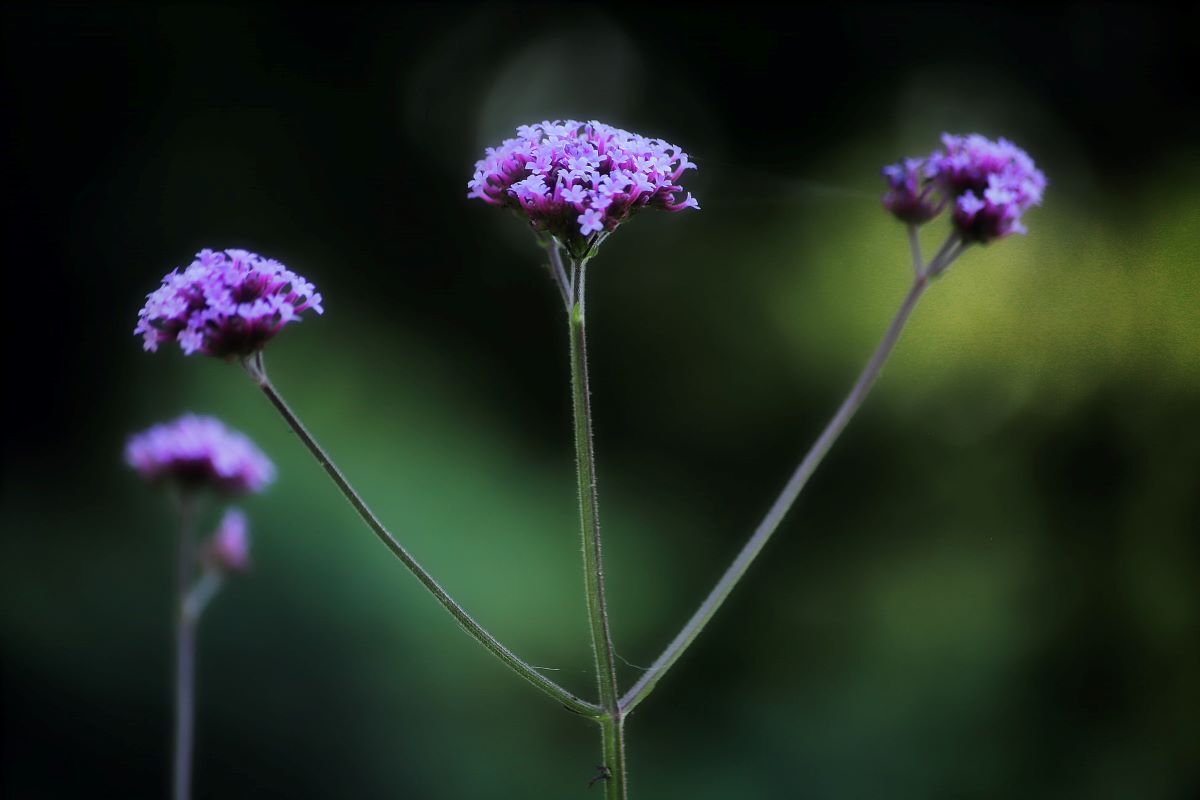
The dead-heading debate
Talking of taking off the dead flowers, dead-heading is a good habit to get into, because it keeps plants flowering for longer, so they still look pretty and can go on providing nectar and pollen for the insects. However with some plants, it is also useful for wildlife if you leave the dead heads and stems on the plants for the winter. Small flocks of seed-eating birds like sparrows and finches will visit many plants for the seeds, and if you are brave enough to grow teasel plants (dipsacus fullonum) in your garden then you may well have the pleasure of seeing goldfinches balancing on the teasel heads to extract the seeds during the winter. Be aware though, it seeds itself everywhere and is rather a thug, all right in a wild-ish garden, but not in a neat and tidy plot.
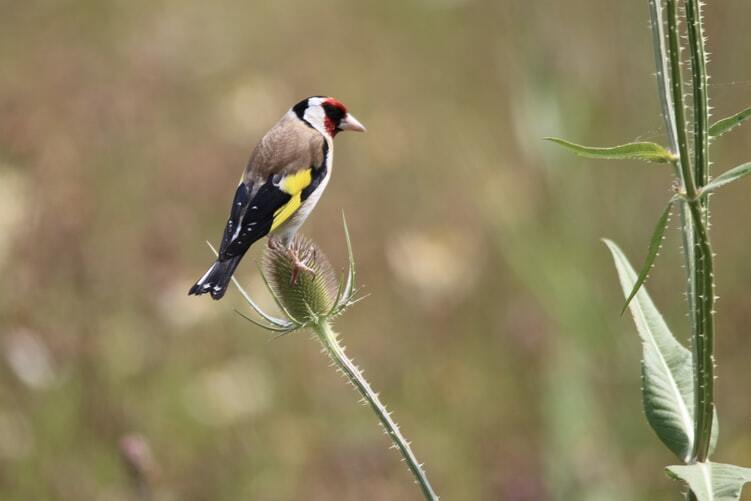
Many people will be familiar with the ‘butterfly bush’ (buddleia) with its long spikes of purple flowers (although there are white, pink, and even yellow varieties too.) They are often smothered with butterflies if it’s a good year for these beautiful insects. If you have a butterfly bush in your garden, you can keep it flowering well into the autumn if you keep cutting off the dead flowers. You will see where there are small buds lower down the stems, just waiting to come on, but if you let the plant make seed in the flower heads that have gone over, it won’t bother putting the energy into developing the new ones as well.
Essential shelter
Although my long-suffering husband will sigh if he should read this, if you want to encourage wildlife into your garden, and to provide food and shelter for it when it has arrived, it’s best not to be too tidy. Apart from leaving stems and so on over the winter, it can make the difference between a hedgehog surviving the winter or not, if you can leave a good big pile of dead leaves undisturbed under a thick hedge, or in a quiet, sheltered corner of the garden. Sadly, hedgehogs are suffering a catastrophic decline: their numbers are falling so fast that it’s quite possible they will become extinct in the UK in ten years’ time, and anything we can do to help them in our own gardens may just make the difference.
Many seed heads and dead stems offer life-saving shelter for insects like ladybirds over the winter, and anyway the seed heads of many plants – grasses and hydrangeas for example – look beautiful in low winter sun, or covered with frost.
Another good thing for wildlife, if you are pruning trees and large shrubs and you have a hidden corner you could dedicate, is to make a log pile for the beetles and other beasties. Once made, you must leave it undisturbed, but it is very easy to stack up the branches, cover them with autumn leaves, or even a few bits of turf if you have some spare, and leave it to its own devices. If you are very lucky, you might even get stag beetle larvae living in it. They eat rotting wood and are another species under real threat because nowadays we tend to fell and tidy away dead trees.
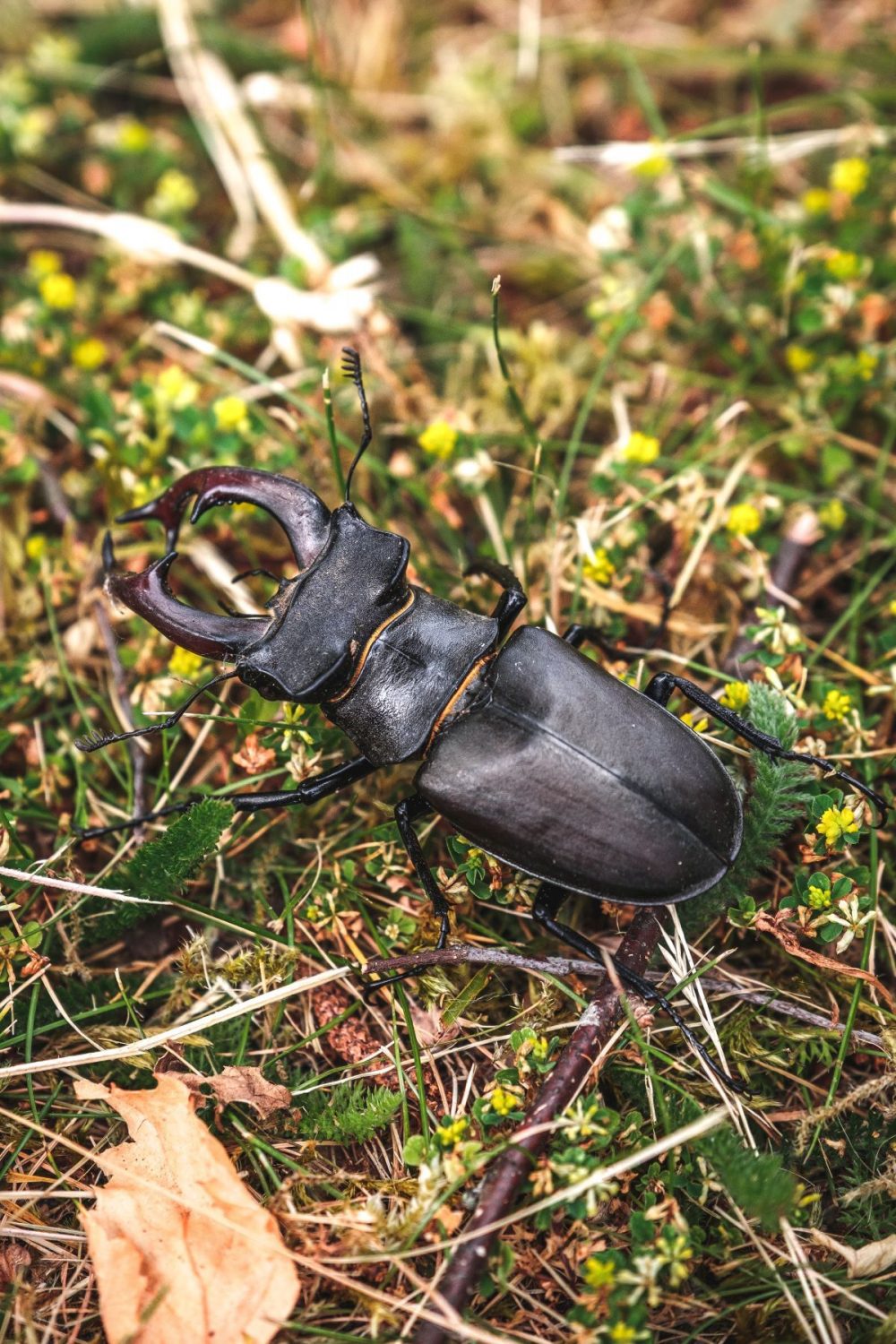
Even if you don’t have a garden, but you can get hold of one or two bamboo canes, you can still offer a potential ‘bug hotel’ for insects to shelter from the winter cold on a balcony. By cutting the canes between the joints – best done with a strong serrated knife if you don’t have secateurs or a little saw – you end up with short, hollow tubes. Fasten them firmly together in small bunches and hang them up somewhere where the rain won’t get in, but the sun might reach them and some of the smaller insects – lacewings for example, or ladybirds, which are very good at eating greenfly – might choose them as a place to try to see out the winter.
With a little thought and ingenuity it is possible to help wildlife, and I find it comforting to know I am doing something, in however small a way, to try to redress the balance. I hope you might, too.




